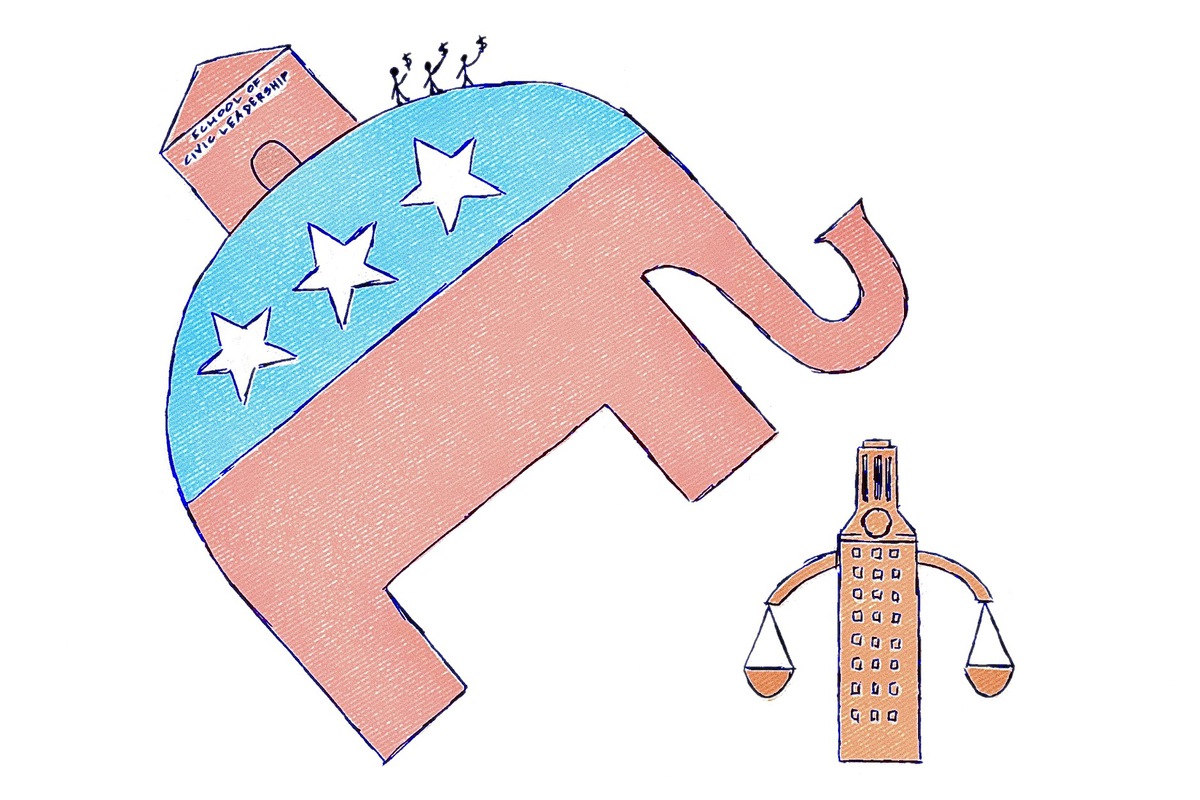Yesterday, the Texas House of Representatives passed a budget proposal that uses one-fifth of the state’s “rainy day fund” to fund government programs.
The Senate’s budget, instead of dipping into the savings, involves a $2.5 billion maneuver that postpones a transportation payment intended for 2019 to 2020.
Since decreased tax revenue (due to a slump in the fossil fuel industry) necessitates budget cuts, the state should utilize some of the $10 billion savings to avoid cutting funding to useful programs. The Senate’s plan — which at best postpones the issue — loses sight of the purpose of the funds and fails to take care of the people who need it.
Many Texas lawmakers, primarily fiscal conservatives, approach using the rainy day fund with an unreasonable amount of reluctance. Several months ago, Lt. Gov. Dan Patrick declared that the savings should not fund “ongoing expenses.” Rice political scientist Mark Jones notes that in general, conservatives see protecting the rainy day fund as a way to prove their fiscal moderation. Legislators with this mentality believe the fund should remain under lock-and-key until flooding or a hurricane — a literal rainy day — strikes the state.
In the past, however, the rainy day fund has not exclusively served as a first aid kit. During the last two decades, the savings have covered revenue shortfalls and funded municipal water projects and health programs.
A precedent for using the savings to fund routine government spending exists, as does the money itself. Texas has one of the largest rainy day funds in the country. Our savings are 20 percent the size of our general expenditures, compared to other states’ average of 6 percent.
The hoarding might be justified if there weren’t a legitimate need for more money for underfunded government programs. For example, State Sen. Jose Rodríguez, D-El Paso, believes that the state should use the rainy day funds to make sure it adequately funds “schools and health and human services programs.”
The immediate impact of avoiding the rainy day fund would be “substantial cuts to Medicaid, steep cuts to higher education and overall underfunding of critical state needs,” according to Eva DeLuna Castro from the Center for Public Policy Priorities. Also at risk are Child Protective Services caseworkers, the Children’s Health Insurance Program, and retired teachers who could face increases in health insurance costs.
However, if the Senate gets its way, we will feel many of its plans’ effects several years down the road because the Senate’s budget only pushes the problem to the next budget cycle. House Speaker Joe Straus, R-San Antonio, accuses the plan of simply “cooking the books.” It has not actually found a new source of revenue to tap or excess to cut. In 2020, if tax revenue from the fossil fuel sector does not recover or lawmakers cannot trim the budget in other ways, the state will once again consider cutting useful programs.
Whether people are suffering because of natural disasters or insufficient health care seems incidental. There is wisdom behind protecting a population from sudden, unforeseeable crises. But if vulnerable members of the population need protection now, there is little reason to save rainy day funds for an actual rainy day.
Marabella is business honors, Plan II and Spanish freshman from Austin. She is a columnist.





















